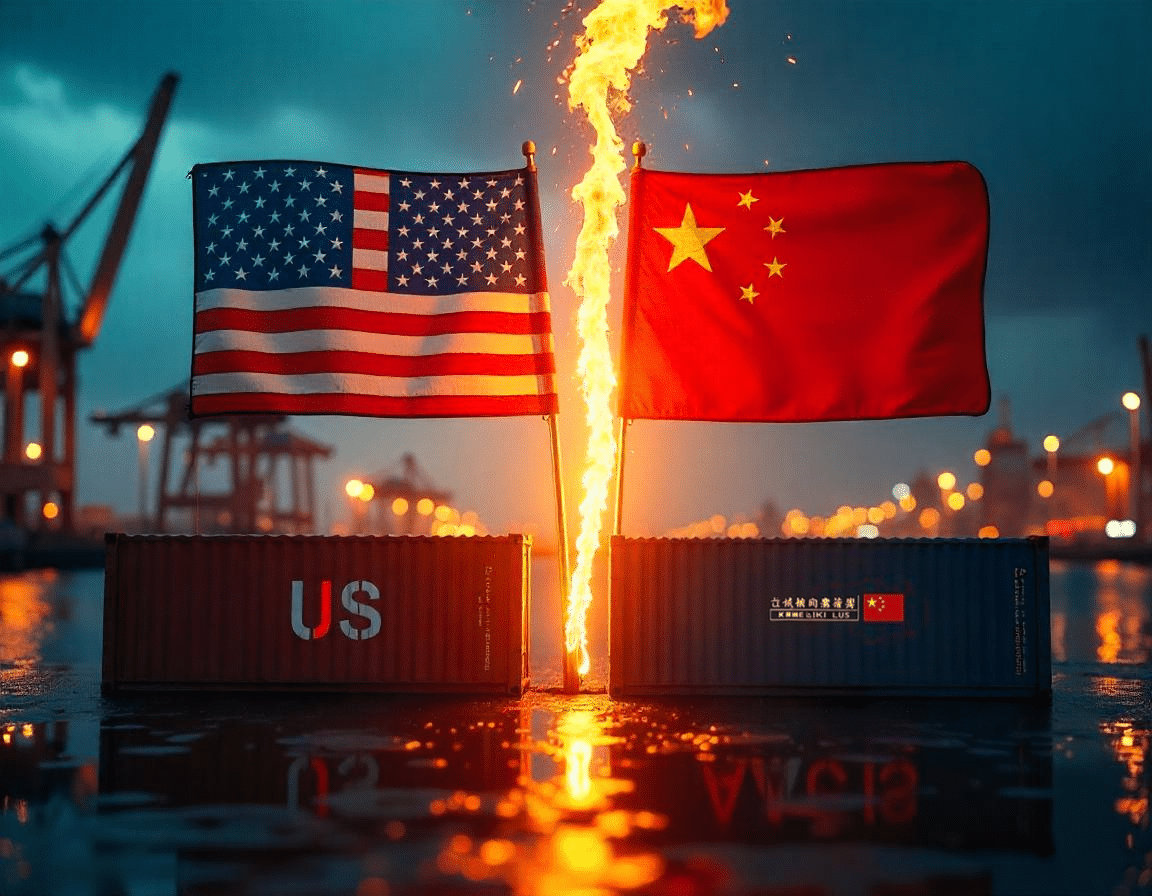China Imposes Retaliatory Tariffs on U.S.: Impact on Trade and Markets

In a fresh escalation of trade tensions, China has announced new tariffs on U.S. goods in direct retaliation to recent U.S. tariff hikes on Chinese imports. This move marks another chapter in the ongoing trade war between the world’s two largest economies, with significant implications for businesses, global markets, and geopolitical relations.
China’s Tariff Response: Key Highlights
China’s new tariffs target a range of U.S. goods, focusing on energy and industrial products. Key measures include:
- 15% tariff on coal and liquefied natural gas (LNG) – Affecting U.S. energy exports, which are critical for global supply chains.
- 10% tariff on crude oil, agricultural machinery, and large-displacement vehicles – Potentially impacting U.S. manufacturers and the auto industry.
- Antitrust Investigation into Google – China’s State Administration for Market Regulation has launched an investigation, raising concerns of further regulatory actions against U.S. tech companies.
These tariffs come as a direct response to the U.S. implementing a 10% tariff on Chinese imports, a move justified by the U.S. government as a measure to curb the influx of fentanyl precursors, which they claim contribute to the opioid crisis.
Economic & Market Implications
The new wave of tariffs could have far-reaching consequences across various industries and financial markets:
1. U.S. Energy Sector
- The coal and LNG tariffs will likely reduce U.S. exports to China, one of the largest energy consumers.
- Crude oil exports from the U.S. may decline, causing price volatility in global oil markets.
2. Automotive & Machinery Industry
- The 10% tariff on large-displacement vehicles and machinery increases costs for U.S. manufacturers exporting to China.
- Auto companies with significant sales in China, such as Ford and General Motors, may face revenue slowdowns.
3. Tech Industry Under Scrutiny
- The Google antitrust investigation could lead to further restrictions on U.S. tech companies operating in China.
- The move signals China’s potential shift towards tighter control over foreign digital firms.
Geopolitical & Trade Relations
China’s Ministry of Commerce has condemned the U.S. tariffs, calling them a violation of World Trade Organization (WTO) rules and a roadblock to economic cooperation. As tensions rise, global markets are reacting with caution, with investors closely monitoring how both governments proceed with negotiations.
Potential Future Developments
- Further Retaliation: If tensions escalate, both countries could introduce additional tariff rounds, impacting a wider range of goods.
- Supply Chain Shifts: Companies may look to diversify supply chains away from U.S.-China trade dependencies.
- Diplomatic Engagements: Both sides may seek negotiations to prevent long-term economic fallout.
Conclusion
The renewed U.S.-China tariff battle introduces fresh uncertainties for global trade. While businesses and investors brace for potential disruptions, the long-term effects will depend on how both nations approach trade negotiations moving forward. Keeping a close watch on policy developments will be essential for stakeholders navigating this evolving landscape.


